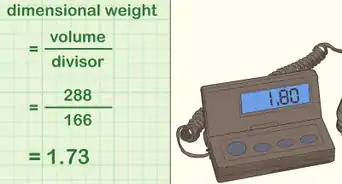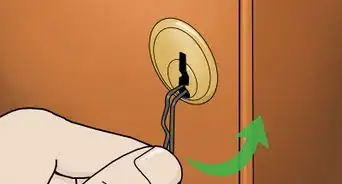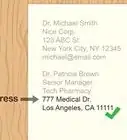This article was co-authored by wikiHow Staff. Our trained team of editors and researchers validate articles for accuracy and comprehensiveness. wikiHow's Content Management Team carefully monitors the work from our editorial staff to ensure that each article is backed by trusted research and meets our high quality standards.
There are 8 references cited in this article, which can be found at the bottom of the page.
wikiHow marks an article as reader-approved once it receives enough positive feedback. In this case, several readers have written to tell us that this article was helpful to them, earning it our reader-approved status.
This article has been viewed 1,350,080 times.
Learn more...
Dealing with a previous resident's mail can be a hassle, and unless you do something about it the problem may continue. Sometimes, the postal service needs assistance in this matter if they're unaware of a problem. Action must be taken to resolve the issue.
Steps
Using the Postal Service to Stop Mail
-
1Write "Not at this address" on the exterior of the envelope. (ONLY works for first class mail) Then place the mail in an outgoing mailbox. This notifies the post office and the original sender that the recipient no longer lives at that address. Hopefully, the original sender will update the records, and you will stop receiving the mail.[1]
- Individuals sending mail and small companies are more likely to respond to this. Large companies rely on the National Change of Address database for address updates.
-
2Place a sticky note on your mailbox. State "[Former Resident's Name] does not live at this address" on either the door or the mailbox itself. This serves as a constant reminder to the postal carrier to look through your incoming mail, and possibly sift out the previous resident's mail.
- Leave a more precise note if the first one you placed inside your mailbox does not seem to be effective.
- You can write "No Other Tenants Besides [Your Name]" on a sticky note in your mailbox or on your door. The mail carrier might see the previous resident's name on mail and know not to place that mail in your box. A visual reminder can be a strong one.
Advertisement -
3Cross out the barcode. Sometimes writing "Not at this address" does not get the job done because of the automated system the postal service uses. The United States Postal Service prints a barcode on every piece of mail that corresponds to the address it is being delivered to. USPS uses these barcodes to sort the mail. Even if you have written a note on the envelope, the barcode will still allow the mail to come to your address. Mark through the barcode at the bottom of the envelope and write "Not at this address" on the mail.[2]
- Marking out the barcode will cause the system to register the mail as "undeliverable."
- Mail carriers receive mail in bundles for each individual address. The previous resident's mail could be in between pieces of mail that are actually for you.
-
4Approach your mail carrier directly. Speak to your personal postal carrier or the local post office about the problem and ask that they please stop previous resident's mail that arrives in your mailbox. Give your mail carrier some of the mail you have written "Not at this address" on. This may be more effective then simply writing a note on the piece of mail.[3]
- Speaking with your mail carrier in person may encourage them to look into the matter and check and see if a change of address has been filed.
- When you go to the post office, ask to speak to the station manager and tell them your problem.
Obeying the Law Regarding Other People's Mail
-
1Do not open the mail. It is a federal offense, in the US, to open and read mail that is not addressed to you. If you accidentally open the mail, tape the envelope and write "Not at this address" on the envelope and place it back in the mailbox. If you throw the mail away after you open it, you are obstructing the delivery of that person's mail.[4]
-
2Do not throw the mail away. Throwing away someone else's mail is another form of mail theft because you are keeping the other person from getting the mail and guaranteeing that the person will never receive it.[6] In addition to being a Federal crime, throwing away the mail is counterproductive and will not solve your problem.
- If you always throw the mail away, the sender may never find out that the person no longer lives at that address.
- Keep in mind that the person may have filed a change of address and there has been a mistake. The person likely still wants their mail. Be courteous and help the person out.
-
3Do not fill out a change of address. It may be tempting to redirect the mail of the previous resident. Even if you know where the previous resident now lives, do not file a change of address form with the postal service. You must be the previous resident, executor, guardian, authorized officer, or agent to file a change of address. You can ask the USPS to fill out form 3575Z (internal COA) if receiving previous resident first class mail.[7]
- Filing the form on behalf of the resident is a Federal crime. You could be fined or go to prison.
- If you file the change of address for the other person, a Customer Notification Letter will be sent to their new address.[8] This could get you in a lot of trouble.
Stopping Mail from a Deceased Person
-
1
-
2Write "Deceased, Return to Sender" on the mail. Then place the mail back in your mailbox. This will notify the post office and the original sender that the person is deceased. Also, notify the mail carrier that this previous resident is deceased.
- If this does not work, make a visit to the post office to speak with the station manager.
- Take the deceased person's mail to the post office with you. The post office may be able to forward the mail to a new address or to the deceased person's estate.
-
3Contact companies directly. If the mail you are receiving is not quite junk mail such as magazines, charities, or subscription services, contact the company directly and let them know the person is deceased.This is more time consuming but will get the job done. You can still write "deceased, return to sender" on these items as well if you do not want to contact the company directly.
- Registering the person through the Direct Marketing Association will not stop magazine and subscription services from sending mail. Only companies that use marketing and mailing lists will receive the notification.
- Opening and reading a deceased person's mail is still a crime.
Community Q&A
-
QuestionWhat do I do if someone has their mail forwarded to my address?
 DonaganTop AnswererAssuming you don't want that mail coming to you, return it to your post office marked "unknown at this address" or "UNK."
DonaganTop AnswererAssuming you don't want that mail coming to you, return it to your post office marked "unknown at this address" or "UNK." -
QuestionThe old tenant is telling me that I'm responsible for holding her mail for one year.
 Community AnswerYou are not responsible for holding mail. Tell the old tenant to file a change of address. Continue to write "return to sender" on the mail and place it back in the mailbox.
Community AnswerYou are not responsible for holding mail. Tell the old tenant to file a change of address. Continue to write "return to sender" on the mail and place it back in the mailbox. -
QuestionI'm receiving mail for someone who hasn't lived here for over 13 years - how long do I need to be responsible for a former tenant's mail?
 Community AnswerTalk to your local post office about this. They can put a hold on it, if no forwarding address was filed, and stop delivering that person's mail to your address.
Community AnswerTalk to your local post office about this. They can put a hold on it, if no forwarding address was filed, and stop delivering that person's mail to your address.
References
- ↑ https://faq.usps.com/s/article/How-is-Undeliverable-and-Misdelivered-Mail-Handled#report_return_misdelivered
- ↑ http://www.citylab.com/navigator/2015/03/how-to-stop-getting-a-previous-tenants-mail-over-and-over-again/389021/
- ↑ http://www.citylab.com/navigator/2015/03/how-to-stop-getting-a-previous-tenants-mail-over-and-over-again/389021/
- ↑ http://thelawdictionary.org/article/what-is-the-federal-law-for-opening-mail-not-addressed-to-you/
- ↑ http://codes.lp.findlaw.com/uscode/18/I/83/1708
- ↑ http://codes.lp.findlaw.com/uscode/18/I/83/1708
- ↑ https://moversguide.usps.com/icoa/home/icoa-main-flow.do?execution=e1s1&_flowId=icoa-main-flow
- ↑ http://faq.usps.com/?articleId=221220
- ↑ https://www.usps.com/manage/mail-for-deceased.htm
About This Article
If you keep getting mail for previous residents, write "Return to Sender" on the outside of each envelope, and cross out the bar code on the envelopes before placing them back into the mailbox. You can also write "Moved" or "No Longer at this Address" on the outside of the envelope. If that doesn't work, try putting a note on your mail box that says something like "John Doe does not live at this address" so that the carrier knows not to leave their mail. For consistent mail, packages, and important documents, go to the post office to speak to the manager about the issue and to return the mail. For tips on following the law when it comes to other people's mail, scroll down!

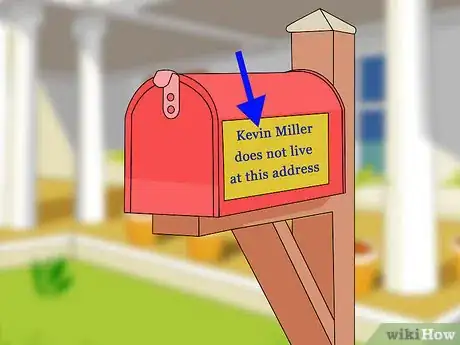
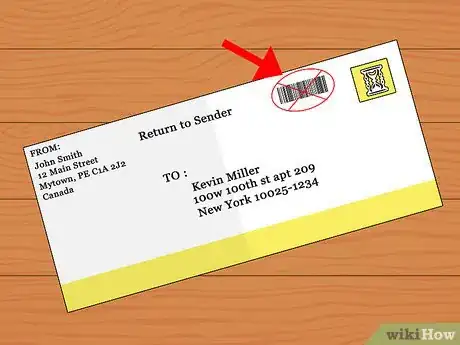

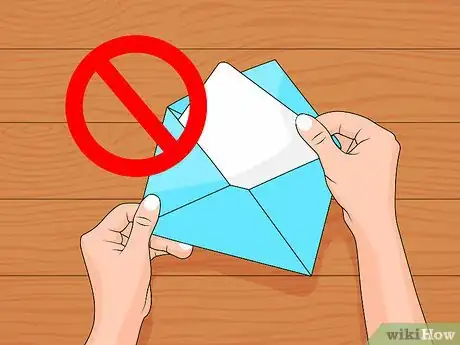

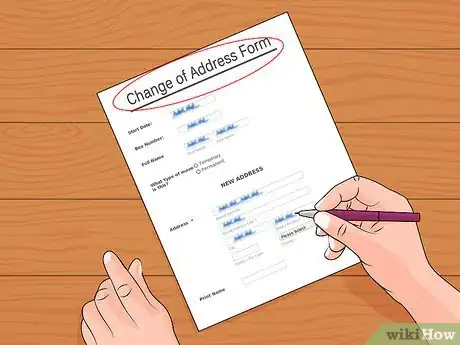
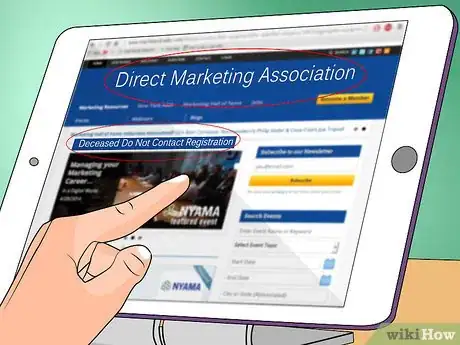
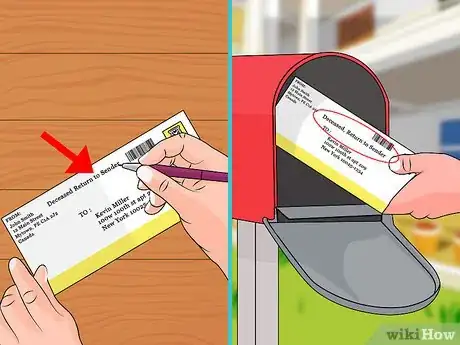
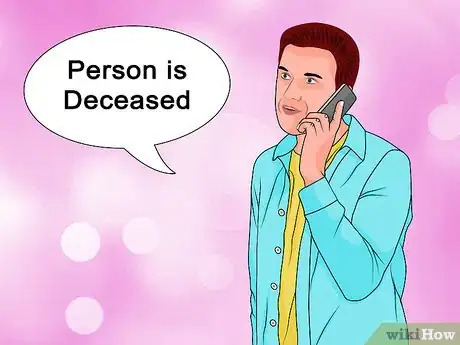



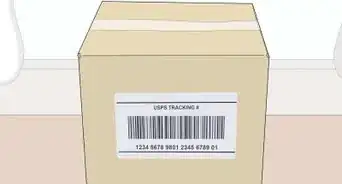
-Step-12-Version-2.webp)



